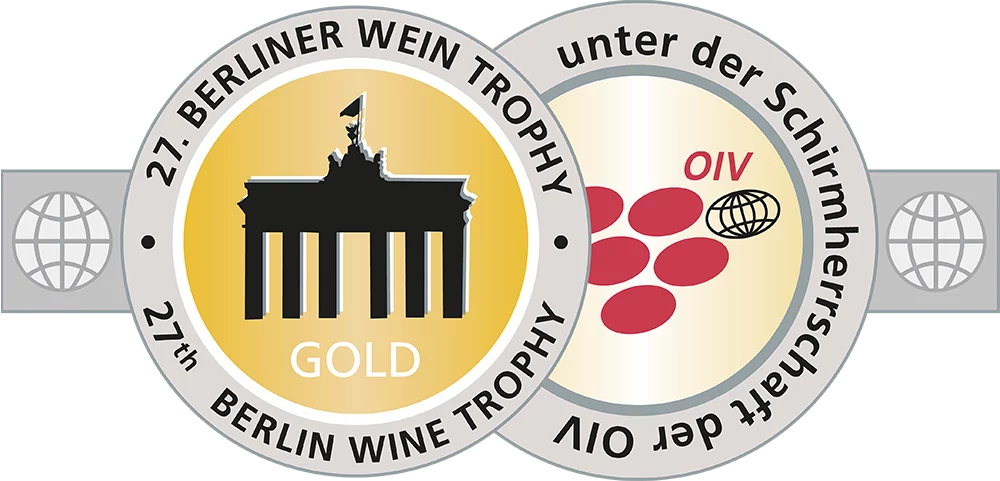currently 165,711 Wines and 25,038 Producers, including 3,204 classified producers.
Create a Bookmark
External Wine Awards

GOLD |
Santa Cristina Rosso
2021 - Berliner Wein Trophy |

|

GOLD |
Villa Antinori Rosso
2021 - Berliner Wein Trophy |

|

GOLD |
Villa Antinori Rosso
2022 - Berliner Wein Trophy |

|
